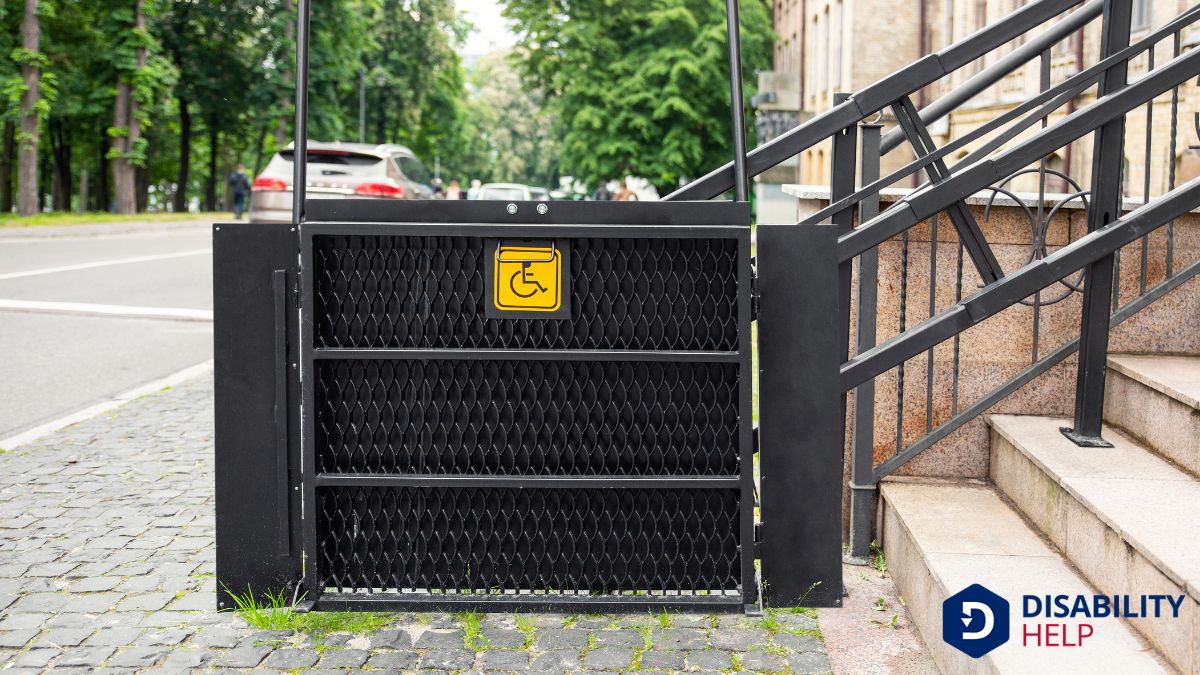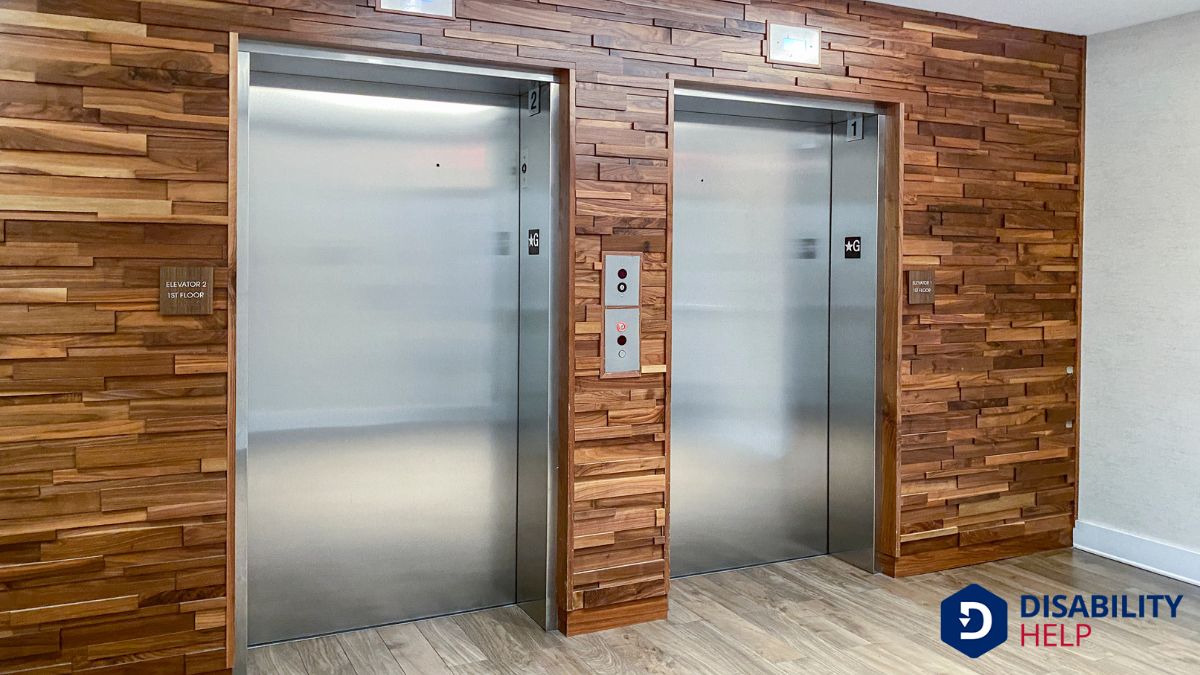Let's explore alternatives to traditional disabled ramps when space and design limitations come into play. As we consider options like vertical platform lifts, portable ramps, and stairlifts, it's vital to find solutions that guarantee accessibilityThe design of products, devices, services, or environments to be usable by people with disabilities.... while maintaining aesthetic and functional harmony. Each alternative offers unique advantages, catering to different needs and environments. How can we enhance accessibility without compromising on design? The answer might surprise you.
Key Takeaways
- Vertical platform lifts provide a space-efficient alternative to traditional ramps for accessibility needs.
- Stairlifts offer a permanent solution for navigating multiple building levels without the need for ramps.
- Accessible elevators ensure efficient mobility in multi-story buildings where ramps aren't feasible.
- Portable ramps offer adaptable and transportable solutions for various accessibility requirements.
- Innovative architectural solutions like gentle slopes and tactile paving enhance accessibility without traditional ramps.
Exploring Vertical Platform Lifts

When considering alternatives to traditional ramps, we should explore vertical platform lifts as a viable option.
These lifts offer a convenient and space-efficient solution for providing accessibility. Unlike ramps, vertical lifts require less space and can fit perfectly in areas where ramps aren’t feasible. They’re particularly beneficial in settings with limited room or where steep inclines make ramps impractical.
We can appreciate that vertical platform lifts are easy to operate and can accommodate a variety of mobility devices, ensuring everyone’s needs are met.
Installation is often straightforward, and maintenance is typically minimal, making them a cost-effective choice over time.
By investing in vertical platform lifts, we’re enhancing accessibility while preserving the integrity of our spaces.
Let's consider this innovative approach to accessibility.
The Versatility of Portable Ramps
Portable ramps offer an adaptable solution for accessibility needs. They provide flexibility and convenience, making them a practical choice for many situations.
We can easily transport and set them up wherever needed, whether it's at home, during travel, or at work. These ramps come in various sizes and materials, allowing us to choose one that best fits our specific requirements.
One of the primary benefits is their ability to accommodate different mobility devices, such as wheelchairs and scooters. They also work well for temporary scenarios, like events or short-term use.
Lightweight designs mean we won’t struggle with maneuverability, ensuring ease for both setup and storage. With portable ramps, we enhance accessibility without compromising on functionality or convenience.
Advantages of Stairlifts for Access
While portable ramps offer flexibility, stairlifts provide a permanent solution for traversing different levels in a building. They’re especially beneficial for individuals with limited mobility.
Stairlifts eliminate the physical strain of climbing stairs, ensuring safety and independence. With just a push of a button, we can smoothly glide from one floor to another without needing assistance.
Stairlifts are versatile, fitting various stair configurations, including straight, curved, and narrow stairs. The installation process is often straightforward, causing minimal disruption to our home or building.
Many models come with features like swivel seats, safety belts, and remote controls, enhancing usability and comfort.
In addition, stairlifts can be a cost-effective alternative to major renovations. By installing a stairliftA motorized chair that travels along a rail attached to a staircase, enabling individuals with mobil..., we create an accessible environment that meets everyone’s needs.
Innovative Architectural Solutions
As we explore innovative architectural solutions, we find that incorporating universal designThe design of products, environments, and services to be usable by all people, to the greatest exten... principles can transform spaces into seamlessly accessible environments.
Let’s consider how reimagining existing elements can enhance accessibility. For instance, gentle slopes integrated into the landscape offer an elegant alternative to traditional ramps, blending functionality with aesthetics. Utilizing materials like non-slip surfaces in these designs guarantees safety while maintaining style.
We can also think about tactile paving, which guides individuals with visual impairments, enhancing navigational awareness. Strategic lighting placements improve visibility, making spaces more accessible for everyone.
Additionally, adjustable-height features in countertops and furniture cater to diverse needs, promoting inclusivity.
Integrating Accessible Elevators

Integrating accessible elevators into architectural designs not only enhances mobility but also guarantees that buildings are inclusive for everyone.
Elevators provide a practical solution when ramps aren't feasible due to space constraints or steep inclines. As we consider the needs of individuals with disabilities, elevators offer a dignified and efficient way to navigate vertical spaces. They're essential in multi-story buildings where ramps would be impractical or aesthetically disruptive.
Elevators can be designed with features like braille buttons, audio signals, and wide doors to accommodate wheelchairs.
Conclusion
In our journey to enhance accessibility, we've explored various options beyond traditional ramps. Vertical platform lifts offer a compact solution for space-constrained areas, while portable ramps provide flexibility across locations. Stairlifts serve as a permanent answer for multi-level buildings, and accessible elevators guarantee dignified movement in larger structures. By considering these innovative solutions, we can create inclusive environments that cater to everyone's needs, affirming that accessibility is never compromised by design limitations or space constraints.






